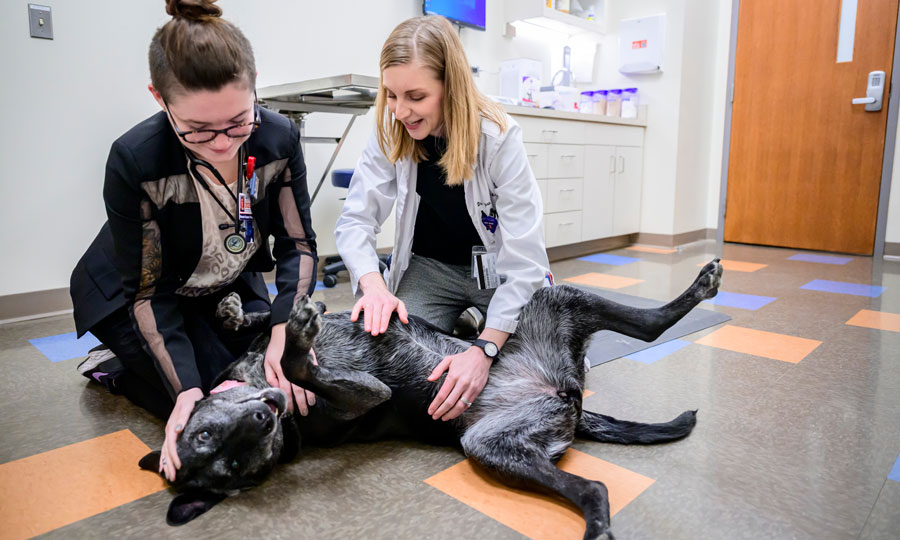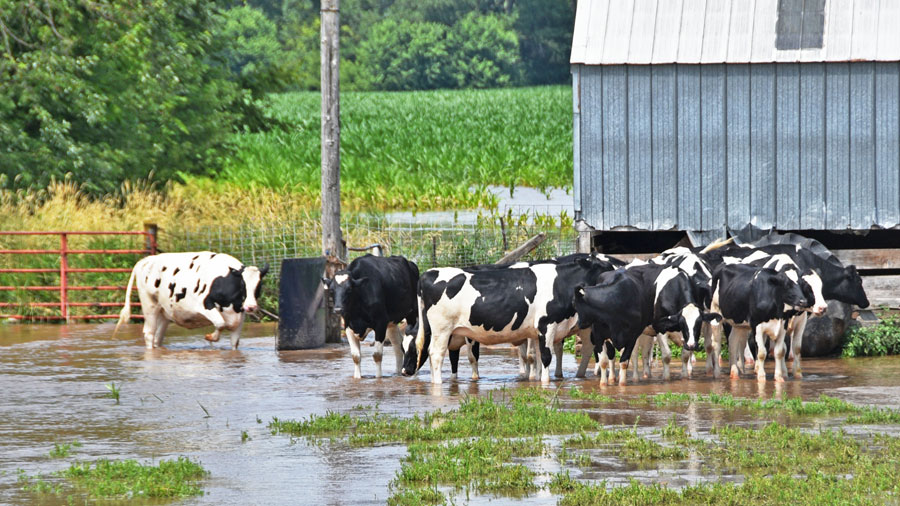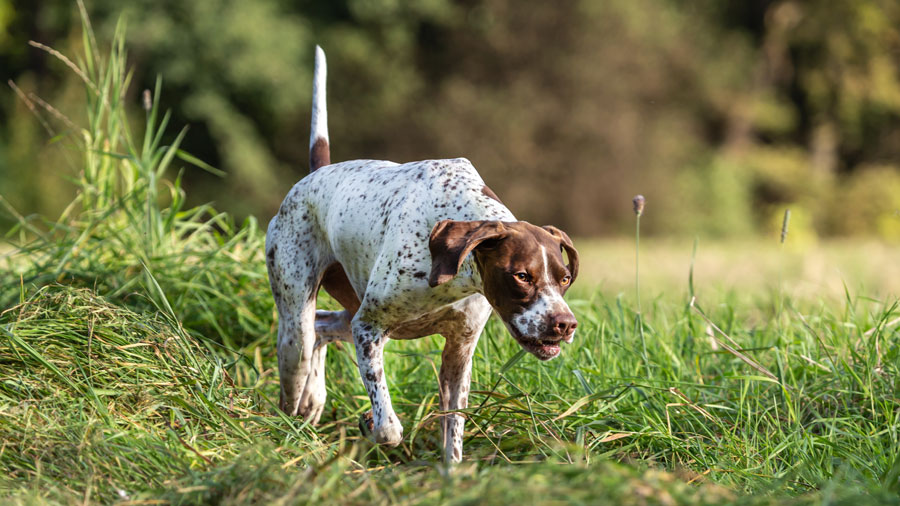Feeding live prey has risks
In the wild snakes can’t just order carry-in; they have to hunt for their next meal. So it’s not surprising that owners of pet snakes may believe their pets need the thrill of the chase to satisfy natural instincts.
![[Dr. Krista Keller with her bird]](https://vetmed.illinois.edu/wp-content/uploads/2021/04/keller_krista-200x300.jpg)
All snakes are carnivorous, meaning they eat other animals.
“In the wild, snakes may eat vertebrate prey, such as rodents, lizards, or fish, or invertebrate prey, such as crickets and grasshoppers,” says Dr. Keller. “Most captive snakes are fed a diet of rodent prey, which can be purchased live or pre-killed.”
Prey Fights Back
You may be surprised to learn that one of the risks of giving a live rodent to a pet snake for dinner is the possibility that the snake will wind up getting bitten. Rodent bites range from small and superficial to severe, deep punctures. These bites can damage the snake’s eyes, tongue, mouth, and even internal organs and spine. They also have the potential to introduce harmful bacteria into the snake’s system.
Whether superficial or severe, a bite from prey means a visit to the veterinarian for the snake.
“Superficial wounds are treated with supportive measures, antibiotics, and pain medications. However, deep wounds may require surgery to correct and can even lead to the death of the snake,” says Dr. Keller.
Dr. Keller debunks the idea that feeding live prey is innately healthier for the animal.
“Because snakes are eating the same tissues, whether the rodent is alive or dead, the snakes are receiving the same nutrition and a balanced diet,” she says. “Snakes in captivity are able to gain appropriate enrichment from a well-organized and periodically changed enclosure and do not need interaction with prey to have good welfare.”
Humane Treatment
Dr. Keller also asks owners to consider the plight of the other party: the prey.
“Veterinarians always recommend that both the predator and the prey are treated humanely,” says Dr. Keller. “All purchased killed mice and rats are humanely euthanized at the facility that sells them. Typically the euthanasia is with inhalation of CO2, which is recognized as a humane and rapid method by the American Veterinary Medical Association.”
Snakes simply cannot offer the same guarantee of a humane death that the trained professionals at feed supply companies can.
Make the Switch
Dr. Keller assures owners that they can safely switch their pet snakes from a primarily live prey diet to a diet that is pre-killed, regardless of the snake’s age. However, a snake that is particularly accustomed to a live diet may require some training, so initiating changes as early as possible is prudent.
“Pet snakes that have been eating a live prey diet their whole life may be resistant to change and may require an extended training period. Speak to your veterinarian or look for online sources of tips and tricks to teach your snake to eat this new food source,” recommends Dr. Keller.
“Because of the risks of feeding live prey, exotic pet veterinarians recommend feeding killed prey to all snakes. Pre-killed rodent prey is readily available through online sources and even at most local pet shops.”
If you have questions about diet for pet snakes, talk to your local veterinarian.
By Hannah Beers

![[snake with bite wound]](https://vetmed.illinois.edu/wp-content/uploads/2021/04/pc-keller-snake.jpg)


